For decades, each time we see travel brochures when we’re bound to Bicol, it is reduced to a singular, symmetrical photograph of the perfectly-coned Mayon Volcano. Because of how iconic Mayon is — undeniably, it eclipses the region’s vastness.
Today, we’re not going to talk about just Mayon, because Bicol offers more.
Bicol is home to the best-known tourist destination and has gained worldwide recognition. It is also the home of the “Oragons,” which means a lot of things condensed in one. Somebody who is a fighter, feisty, determined, principled, or has a great skill or ability. This spirit is a condensation of history: a feisty, determined resolve that serves as the region’s enduring fuel against every geopolitical and natural storm.
The deep-rooted character is Bicol’s cultural engine, driving daily life, traditions, lore, and myths passed down through the ages. Their spirit fiercely protects and immortalizes their heritage—anchored by diverse dialects and thriving regional arts—in historical sites.
If you crave the genuine, the rugged, and the high-reward experience that only a region of six provinces can deliver, you might love Bicol.
The six
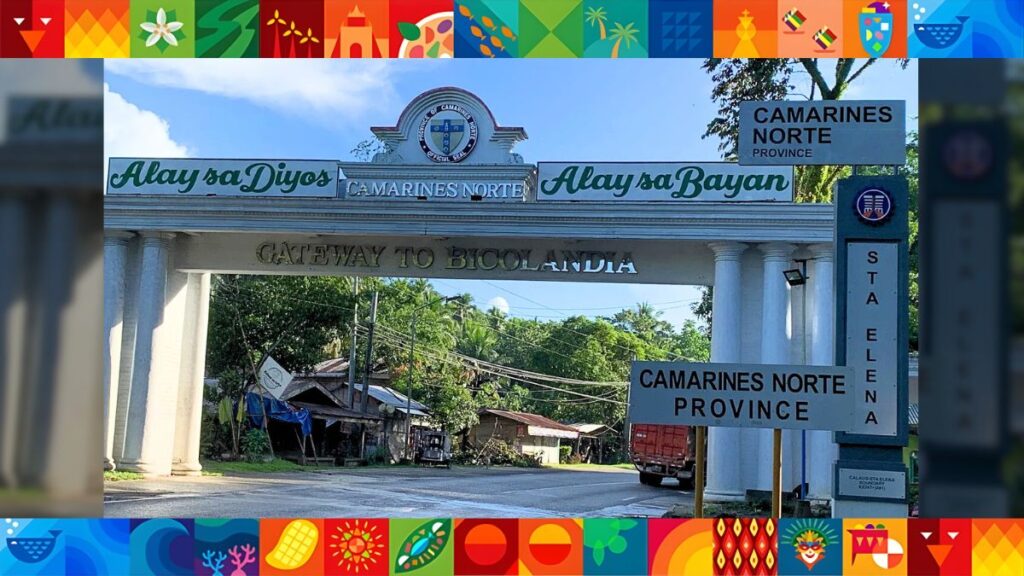
If you are from the central Philippines and decide to travel by land, Camarines Norte will welcome you as the gateway to Bicolandia.
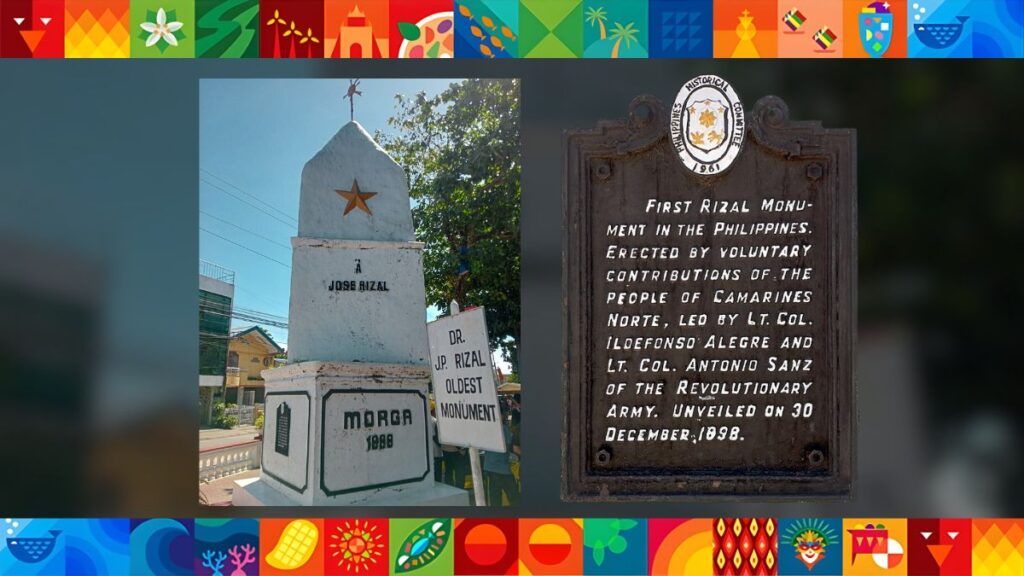
In February 1899, Lt. Col. Ildefonso Alegre and Lt. Col Antonio Sanz of the Revolutionary Army built the first Rizal monument in the Philippines in Camarines Norte. Powerfully attesting that the Bicolano revolutionary spirit was already within them before global fame arrived.

Next, you will reach Camarines Sur. This is the region’s economic and cultural powerhouse. Renowned for hosting the massive, centuries-old Peñafrancia Fiesta in Naga City. The Naga Metropolitan Cathedral stands as a testament to this deep religious devotion. Furthermore, it is a vital historical landmark for the Catholic faith in Bicol.
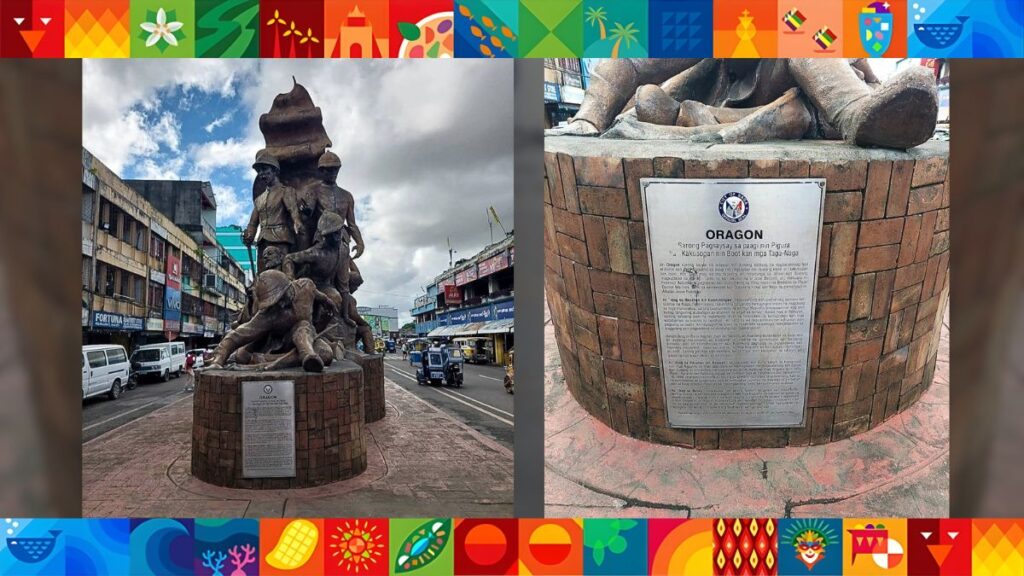
It is also in Camarines Sur where you can find the Plaza de Nueva Caceres/Oragon Monument in Naga City. This square commemorates the powerful, indigenous Bicolano resistance against foreign oppression. The monument symbolically asserts that the “oragon” courage is the region’s foundational truth.
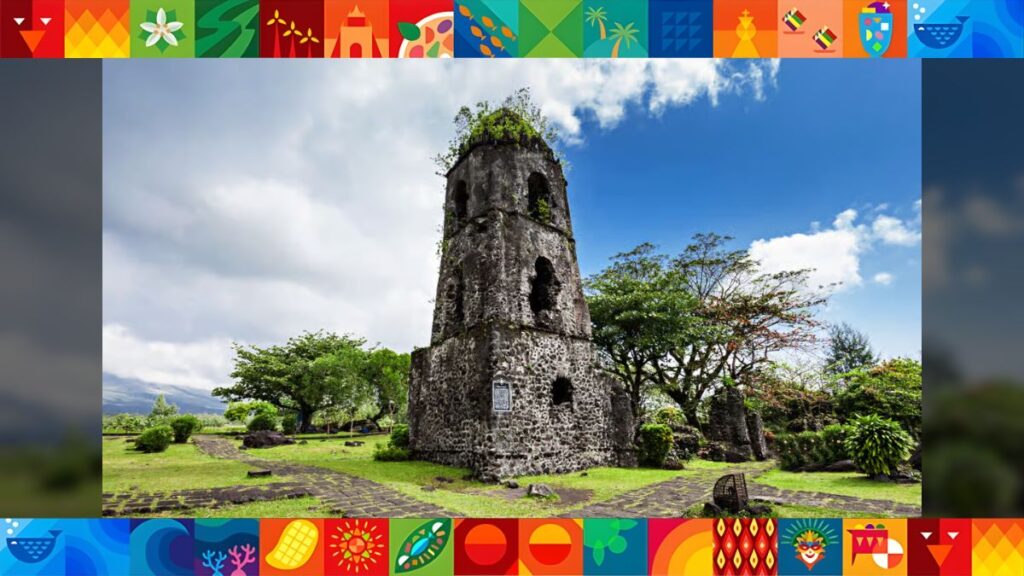
Albay, though visually dominated by Mayon, holds the most devastating testament to Bicolano survival: the Cagsawa Ruins in Daraga. Buried by Mayon’s 1814 eruption, these skeletal remains were once a 16th-century Franciscan church. They now stand as the most haunting, ash-covered memorial to the perpetual cost of living on this land.

Further south, Sorsogon requires the visitor to balance natural wonder with the legacy of colonial structures.
A fact evident in the contrast between the tourist-friendly town known as the “Whale Shark Capital of the Philippines,” Donsol. Their municipality offers an ethical model in which whale shark interactions are non-exploitative and governed by the animal’s free presence.
Meanwhile, the historical Juban ancestral houses offer a silent, opulent glimpse into the Spanish-era life of the ilustrados while underscoring the stark economic hierarchies that governed the province’s significant role in the region’s past.
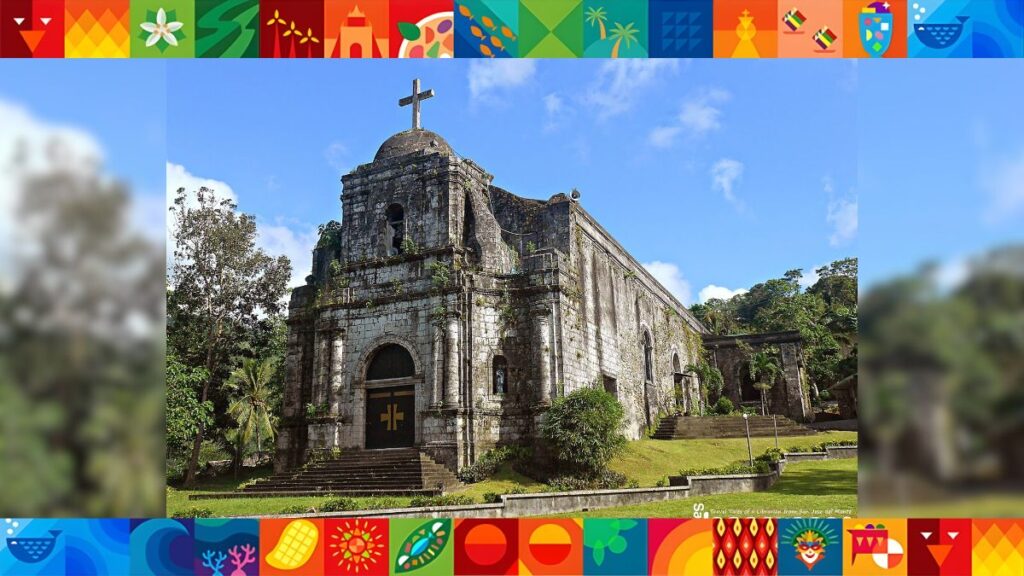
Across the unforgiving water lies Catanduanes, historically known as the “Land of the Howling Winds,” a province whose isolation has forced a stark, self-reliant endurance. The Spanish-built Bato Church remains the oldest structure of its kind on the island, a stone fortress of faith that has survived centuries of relentless Pacific typhoons and the pressures of peripheral history.
Catanduanes is also known as “the Happy Island.”
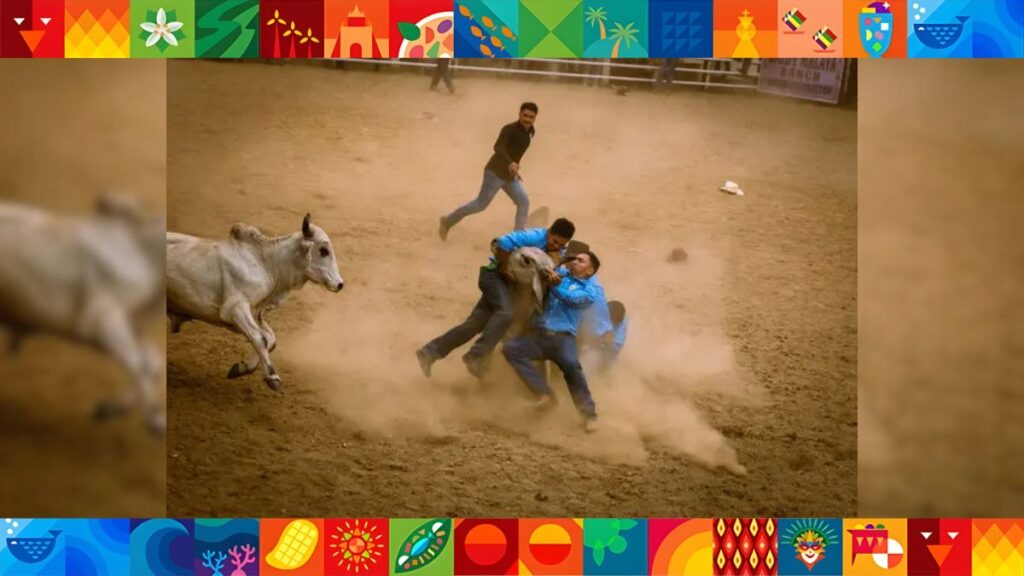
Finally, the sprawling island of Masbate is defined by its strong Spanish heritage in cattle ranching. This economic landscape still dictates its history and the annual, rugged Rodeo Masbateño Festival. The 18th-century San Antonio de Padua Parish Church in Masbate City serves as a solemn witness to the province’s unique blend of frontier cowboy culture and the enduring, often-overlooked reality of deep Catholicism.
The unveiling
Six provinces, six histories, and one fierce spirit. This is your cue to step beyond the postcard. That adventures can exist in experience, not just in passive sighting. There is always more in Bicol worth exploring.
The deeper, contemporary narratives of these six provinces—of their culture, art, and modern resilience—are coming next, so stay tuned.






